Fundamentals of Data Analytics
The BAWorld
NOVEMBER 24, 2023
The blog discusses key elements including tools, applications, future trends, and fundamentals of data analytics, providing comprehensive insights for professionals and enthusiasts in the field. Marketers leverage data to understand customer preferences, identify potential leads, and optimize marketing efforts across channels.




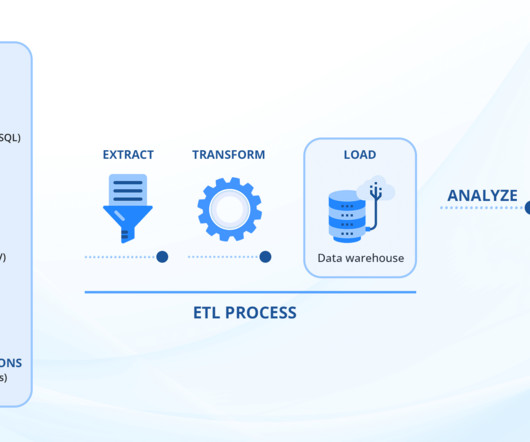
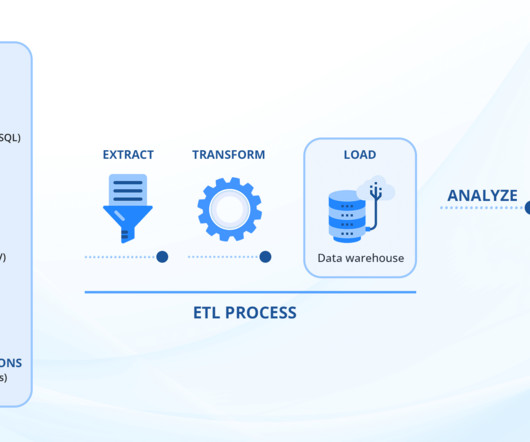


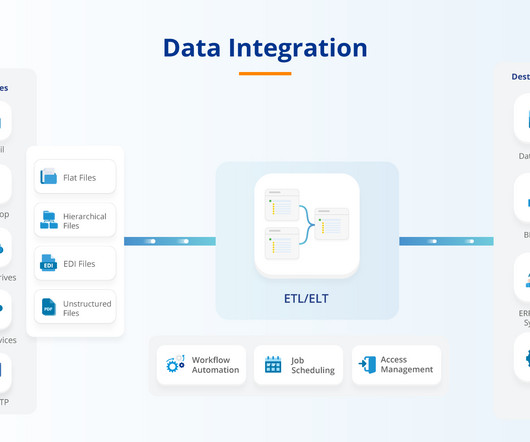
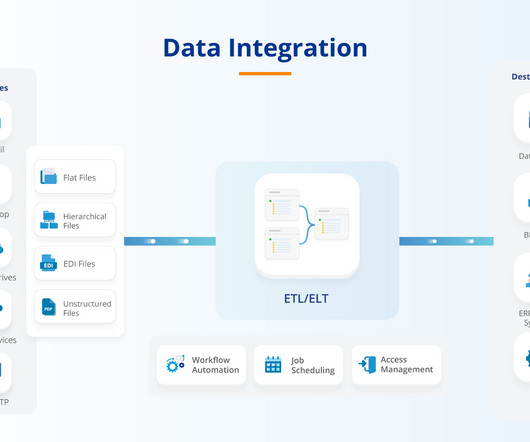
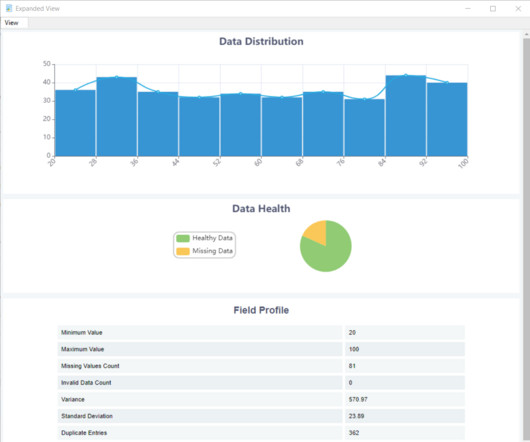
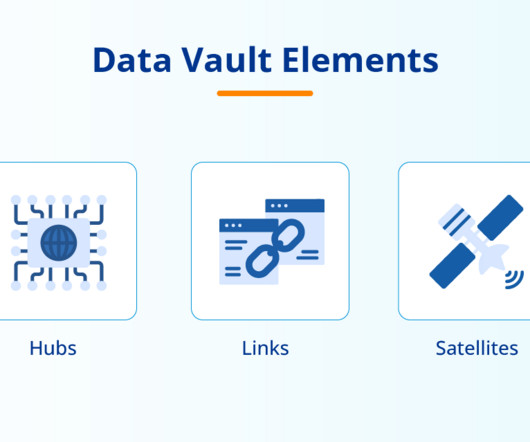







Let's personalize your content